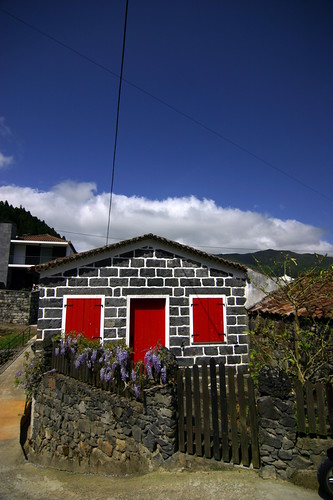With the laying in 1893 of the first telegraph cable linking Horta to Carcavelos in Portugal, the first step was taken in a sequence that would make the town one of the largest telecommunications centres in the world in the first half of this century. The initial cable, laid with the prime purpose of transmitting the meteorological observations needed to forecast the weather in the Azores and its influence in Europe, was joined in 1900 by cables of German and American companies, and completed by further moorings in 1903 and 1904. After the 1st World War, new cables were laid in 1924,1925, 1926 and 1928. The 15 cables that linked Horta to the main capitals of the world required skilled personnel for their maintenance and operation as well as suitable technical facilities. A series of buildings that came to change the town's appearance were therefore constructed on the street named after Consul Dabney; they are a witness to the cosmopolitan atmosphere of that golden period in which people of various nationalities fraternised with the local population at festivals, sporting events and walks about the island.
Testimonies to that period are the buildings of the German company, D. A. T. now occupied by government offices but retaining their original design (the outstanding feature being the ballroom with stained-glass windows) and the group of the American company, Western Union, which has been adapted to serve as a hotel. Technological developments expanded the capacity of telephone cables to transmit messages while there was greater use of the radio and later satellites. All this led to the gradual extinction of the companies that operated in Horta, the farewell ceremony of the last company having taken place at the end of 1969.
Testimonies to that period are the buildings of the German company, D. A. T. now occupied by government offices but retaining their original design (the outstanding feature being the ballroom with stained-glass windows) and the group of the American company, Western Union, which has been adapted to serve as a hotel. Technological developments expanded the capacity of telephone cables to transmit messages while there was greater use of the radio and later satellites. All this led to the gradual extinction of the companies that operated in Horta, the farewell ceremony of the last company having taken place at the end of 1969.



No comments:
Post a Comment